Edge protection systems
Railing systems for flat roofs
Railing systems or side protection systems are special railings that prevent falling onto roof surfaces. They are easy to transport and can protect several people from falling.
Simple. Original. Secure.
SECU Rail 2.0 – the railing system
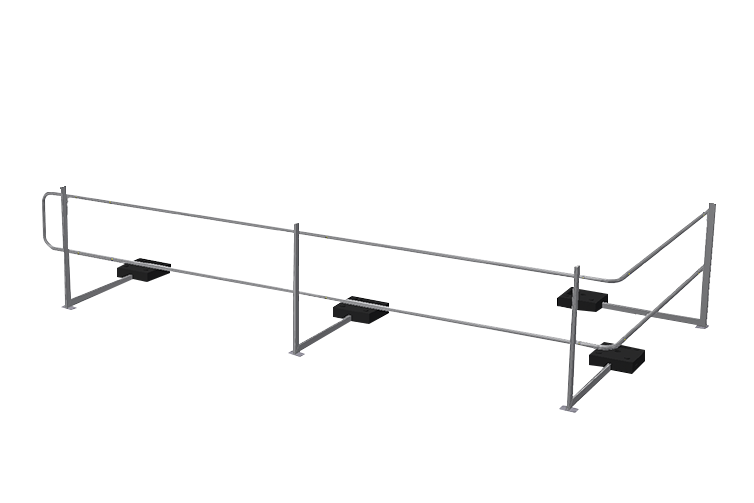
Functional, reliable and durable - that is SECU Rail 2.0, the collective safety railing made of aluminum for flat roofs. It is compatible with all roof structures, with and without parapets, and can be perfectly integrated into the appearance of the building.
The self-supporting construction with weights on each post makes drilling into the roofing superfluous. The smart clip & fix system with only a few individual parts allows easy and effortless assembly. Accessories such as variable corner connectors, end brackets, wall ends or self-closing doors also increase the flexibility of the SECU Rail 2.0.
Safety railing for New buildings and flat roof renovations
Easy to assemble thanks to the clip & fix system
Side guard rails according to EN ISO 14122-3: 2016
Temporary side protection system according to EN 13374-A: 2013
suitable for a Roof pitch up to max. 10 °
Easy to transport maximum length 2.25 m
Optimized accessories
Complete system
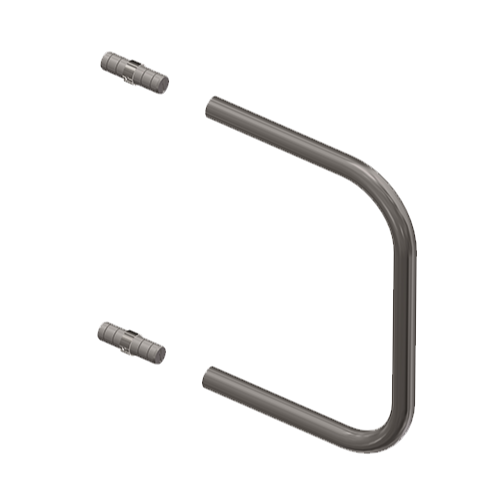
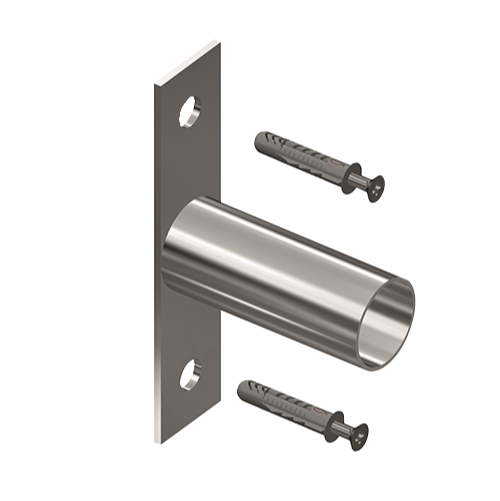
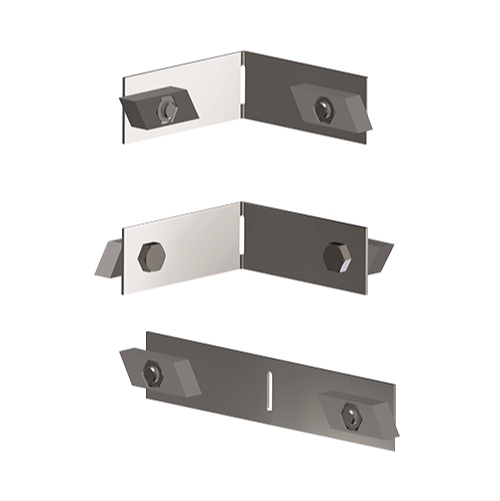
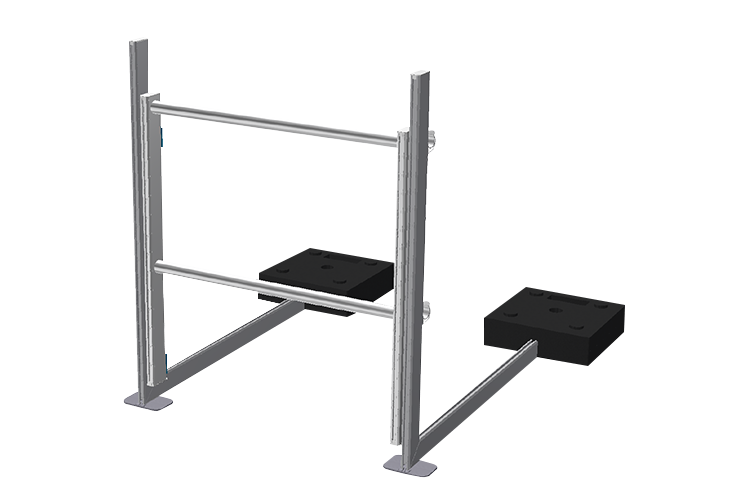
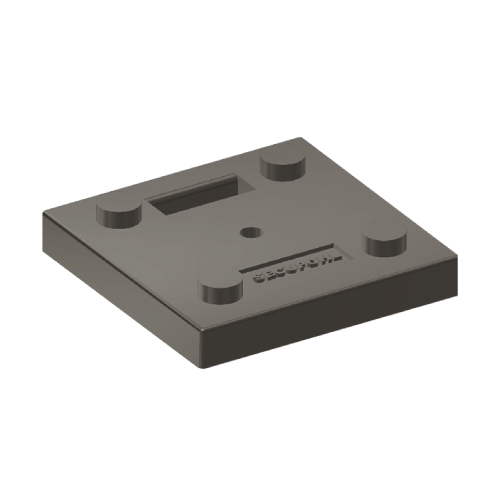
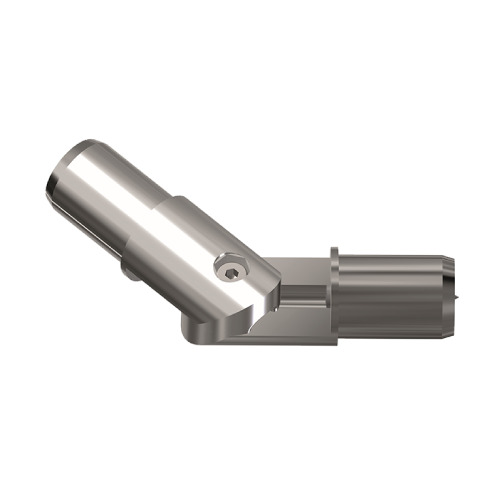




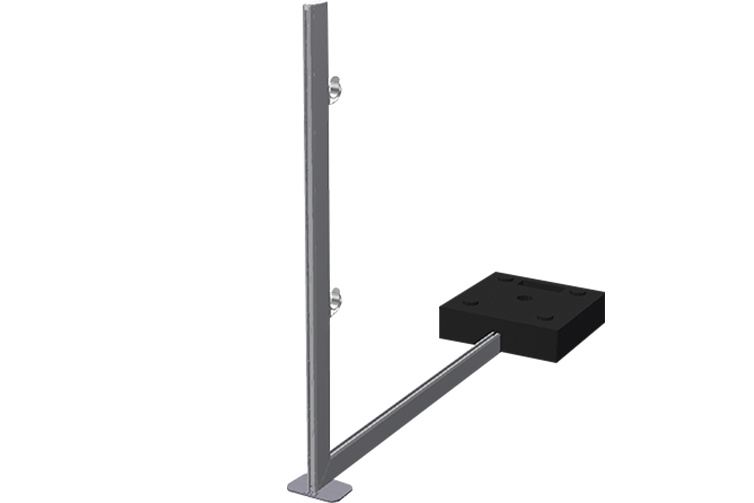











SECU Rail 2.0
default
SECU Rail 2.0
Metal roof
SECU Rail 2.0
Green roof
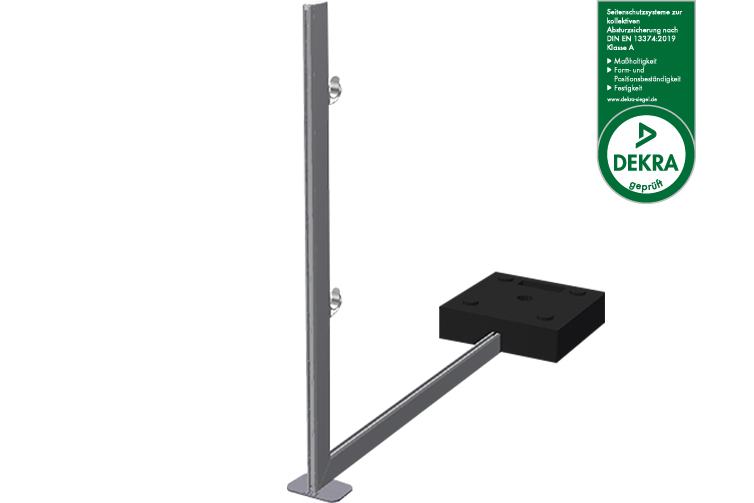

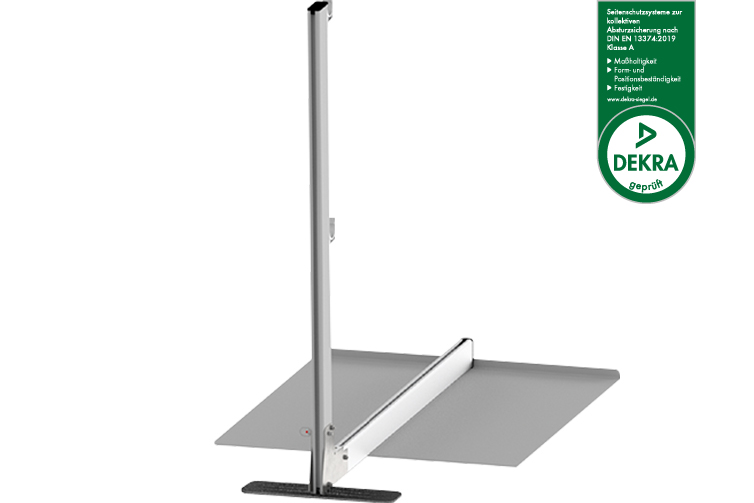
What are protective railings / roof railings exactly?
Everyone can imagine something under the term railing. Guard rails / roof railings are the special railings that are attached, for example, on roofs or in other dangerous areas. These should limit the dangers in these locations and keep the risk of injuries and accidents as low as possible.
Especially when it comes to fall protection at heights, protective railings / roof railings have the task of providing protection against falls. The protective railings / roof railings are devices that are intended to have a preventive effect. When it comes to fall protection, a distinction is made between primary and secondary fall protection. The guardrails / roof railings fall under the primary fall protection and are intended to provide collective protection and work preventively.
What are the guard rails / roof railings used for?
Protective railings / roof railings are referred to as protective devices and are intended to ensure that, for example on roofs, the edge of the fall cannot be reached in the first place. Such protection can be particularly effective on roofs and flat roofs, because accidents can only be avoided if there is an additional obstacle between the person and the edge of the fall. Since the guardrails are part of the collective protective measures, they are designed to protect several people from falling, they differ from personal fall protection. In contrast to personal fall arrest systems, which can only protect individual people, whole groups of people are protected in this way.
The guardrails are also used in other areas to protect several people. There are different types of guardrail / roof railing, which differ mainly in the way they are installed and can therefore offer the right protection for every use.
What are the different types of guardrail / roof railing?
The various protective railings / roof railings can be as different as the conditions on site. Because the type of roof, the material and also the surrounding conditions and the place of use play an important role in the choice of the right protective railing / roof railing. In this way, the protective devices can be adapted to the circumstances and the best level of safety can always be guaranteed.
Basically, the guardrails / roof railings are constructed in a similar way, the distinction is made by the type of assembly. The following protective railings / roof railings differ:
- Parapet railing
- Load-bearing railings
- Railing systems for escape and ambulances
- Railings for metal roofs
What is a parapet railing?
Parapet railings are so named because they are connected to the parapet of the roof. This is a side protection that is available in different heights and inclinations. All roofs, i.e. flat roofs that are equipped with an attic, can be secured with such a guardrail / roof railing. The parapet railings also offer a wide variety of fastening options. This type of guardrail / roof railing can be individually adapted to many roofs. Depending on the installation and height or inclination, very different variants of this type of railing can be installed.
The different mounting options are as follows:
- installation under the parapet sheet
- assembly from the inside or from the side is possible
- Installation from above, i.e. on the parapet or on the surface of the roof, is also possible
What are ballast railings?
This type of guardrail / roof rail is a mobile version. Since these railings are held by a weight, they can easily be dismantled again without leaving any traces.
Either the railings can be held in position with additional weights or, in the case of a green roof, they can be supported and held in position by the vegetation. In this way, this type of railing can be optimally adapted to the individual requirements. In addition, there are also many different variants of the railings themselves. This makes it easy to adapt to many roofs and requirements.
What are railing systems for escape and ambulance vehicles?
Especially on roofs that have rescue or escape routes, these must also be secured separately, because hectic and panic can quickly arise here. This is exactly what happens quickly on helipads on hospitals or on escape routes. With special guardrails, which are set up in the form of catwalks, a high level of safety can also be ensured here. In this way, people are protected and guided at the same time in tricky situations. Despite panic and hectic, people can be brought to safety quickly and a fall can be prevented.
Which railings are suitable for metal roofs?
Many roofs are equipped with a metal roof. Special guard rails / roof railings can also be installed here. These are screwed directly to the roof and can thus provide the necessary fall protection. This type of protective device is particularly popular with sandwich roofs or trapezoidal roofs.
Which regulations apply to protective railings / roof railings?
It is important to carefully study the various regulations before installing a guardrail / roof railing. Because only if these requirements are met, the insurance can also step in in the event of an accident. Since not every roof can be equipped with standard protective devices, it is always advisable to consult experts who are very knowledgeable. The various protective railings / roof railings can be combined in many areas and, above all, all roofs can be optimally secured with a personal protective device. The different types of guardrails can also be easily combined, so everyone can find the right guardrail for the respective location.
General regulations for guard rails / roof railings:
- All safety railings that are not attached to the parapet have special restrictions in the cold seasons. These guard rails / roof railings must not be used in ice, snow and frost.
- If wind strengths that exceed normal levels occur, the protective railings / roof railings must not be used. In these cases, other fall protection systems must be used.
- Guard rails / roof railings may only be used up to a maximum height of the roof of 40 meters. If the roof or the structure exceeds this height, other measures must be applied.
- For the use of guardrails / roof railings, the roof and the construction may only have a maximum slope of 10%. If the roof is sloping, other measures must be taken here as well.
It is also important to know that the technical regulations for operational safety, under TRBS 2121, stipulate that collective protective measures, including protective railings / roof railings, must always be preferred to individual protective measures.
